Dental care
Routine HealthCare Examination: Dental care
Studies have shown 50-90% of cats over 1 year of age may have clinical or radiographic evidence of periodontal disease and 50% or more may be affected by tooth resorptive lesions. Owners often appear unaware of how common dental disease is, and what an important impact it may have on the cat’s health and quality of life. This is an area where preventive care and early management can have major benefits. Owner education is fundamental, particularly as the cat’s ability to disguise pain means they often show no overt signs of oral discomfort.
The owners’ Cat Care for Life information helps to explain dental problems to owners and why it is so important to have regular dental checks as part of the healthcare plan, and to act on any veterinary advice for dental care early in the course of disease.
Home dental care – start them young
To facilitate regular and thorough dental examinations, encouraging owners to accustom their cats to have their mouths opened and examined on a regular basis, starting when they are kittens, is extremely helpful. Performing this regularly in the home environment is of great help. Some owners will also be prepared to brush their cat’s teeth. This is by far the best method to maintain optimal dental hygiene, and again, if started while they are kittens, this is far more likely to be successful and accepted by the cat.
Routine dental care
The AAHA Dental Care Guidelines for Dogs and Cats provide details of dental care and dental charting. Points of note include:
- Cats need home and veterinary dental care at all life stages
- Dental and oral disease can cause pain, and may lead to disease elsewhere in the body
- A minimum annual examination is recommended for cats with healthy dentition
- Consider owner interventions that may improve dental health such as using treats at home to allow for regular oral examination by lifting the lips
- Although best started with kittens, older cats can also be taught to accept teeth brushing, using positive interactions and rewards
- Dental diets and treats, while potentially helpful are not a substitute for veterinary dental care and tooth brushing at home
- Dental diets, treats may be the only practical alternative to tooth brushing in some cats, but they have limited efficacy – some therapeutic diets have been formulated specifically to help reduce the accumulation of dental calculus, and may be beneficial
- Dental examinations in conscious cats (as part of the routine healthcare examination) should be performed gently, adhering to cat friendly handling guidelines. Sedation or anaesthesia may be required to facilitate a thorough examination in some cats
- If dental disease is identified on examination, full dental charting under anaesthesia is generally recommended along with dental radiography
- Dental charts accurately record both the extent and severity of any disease; they also allow evaluation of changes over time, and help ensure problems are not overlooked
- The use of dental charts and dental photography, as part of the owner communication strategy, can also help improve compliance with home care measures



